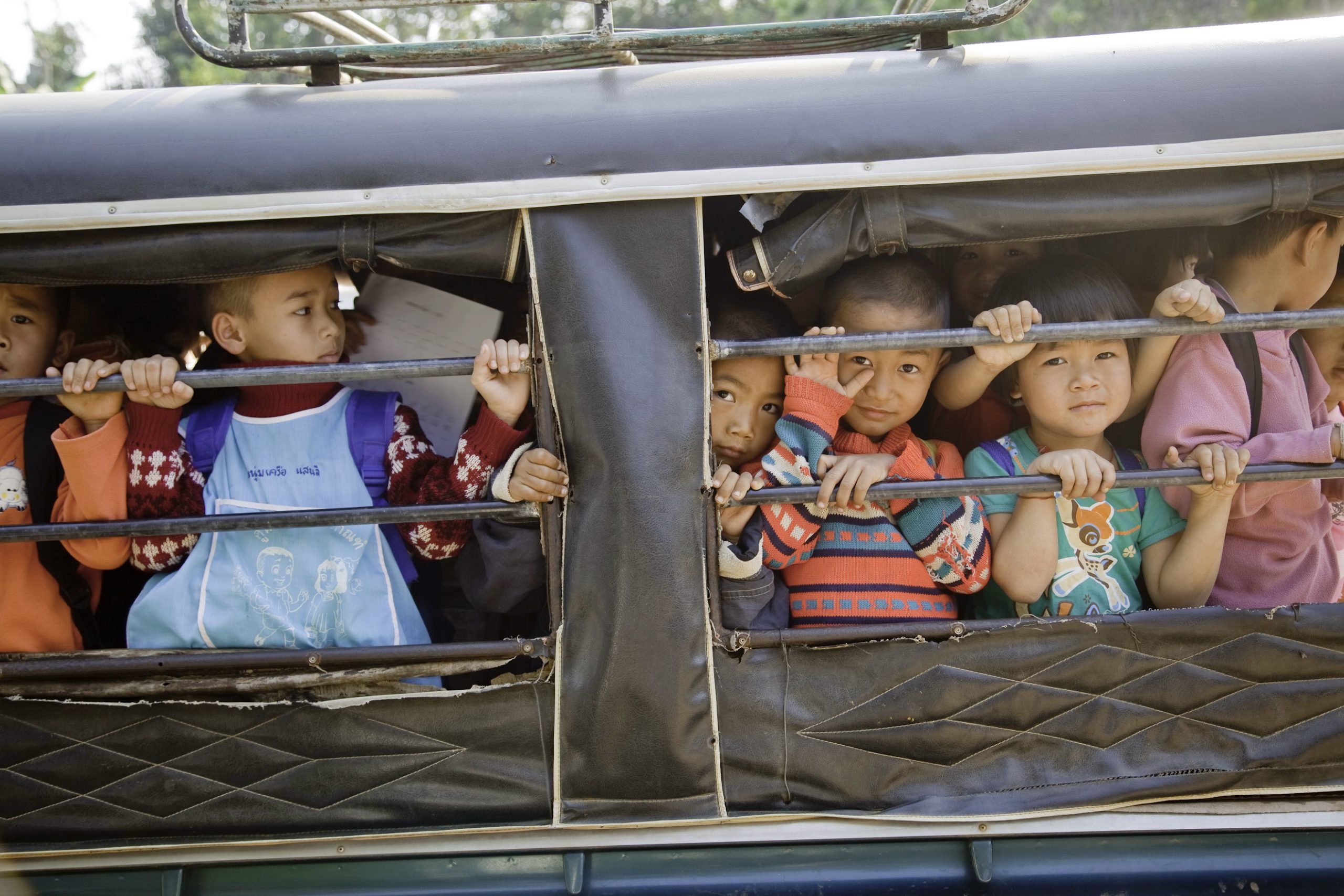Cambodia: Landmine kills 14 in the northwest
18 November 2010|Oliver White

Washington DC, 18 November 2010 – A homemade truck ran over a landmine in Cambodia Tuesday killing 14 people – including a 6-month-old infant, police said. The incident occurred in Battambang province in northwestern Cambodia. The local chief of police said in addition to the infant the dead included eight women and five men.
“This is a horrific accident,” said , Sr Denise Coghlan, JRS Cambodia Director and a founding member of the Cambodia Campaign to Ban Landmines. She says it happened “just at the time when we were hoping the accidents and casualties were going down.”
(Listen to an interview with Sr. Denise on Vatican Radio here.)
The victims included four men, eight women, a six year old boy and an infant girl.
Sr Denise reports that a survivor physically is “fine, only has some wounds. His wife and six month old daughter died in the accident.”
The mine exploded about 5:15 p.m. local time on 16 November, said Sr Denise. “They were coming back from harvesting and collecting Chili on a Koyun when the anti-tank mine exploded. They used an old road that everybody suspected was mined but it had not been marked as mined,” she said.
“A husband and wife also died, leaving a three year old girl and a two year old boy orphans,” Sr Denise said. “We met them and their devastated grandmother. We told the grandmother that we will try to help her.”
The Cambodia tragedy comes just on the heels of a generally successful conference in Laos urging more be done to stop countries from using cluster bombs, which like landmines continue to kill and maim for years after they are deployed.
On 12 November, governments agreed on a 66-point action plan to turn legal obligations in the cluster bomb treaty into concrete actions. The Vientiane Declaration and Action Plan issued at the First Meeting of States Parties to the Convention on Cluster Munitions set unprecedented new standards by which all governments will be judged, the Cluster Munition Coalition (CMC) said today at the conclusion of the meeting, which was held in Lao PDR, a country heavily contaminated by cluster bombs.
Sermsiri Ingavanisa, JRS Asia Pacific Cluster Bomb Project Coordinator, described the meeting as successful. Countries that have not yet signed the convention “pay more interest and show willingness” even though they were not yet able to commit on a specific date, Sermsiri said.
She said JRS “will step up our campaign and advocacy work among ASEAN (Association of Southeast Asian Nations).” Most ASEAN members have not signed or ratified the convention.
The Vientiane Declaration says the Convention “sets a new standard by which states will be judged. We believe the sea change in the opinion of governments around the world towards this weapon will continue.” Governments agreed to hold their second meeting in Lebanon in September 2011, another nation seriously contaminated by cluster bombs.
“This action plan marks a dramatic change in the way cluster bombs are perceived and dealt with by all governments”, said Thomas Nash, CMC Coordinator.
“First, the cluster bomb treaty set the strongest legal obligations to assist victims ever and now we have a clear action plan which obliges governments to turn legal language into action with rapid deadlines and clear budgets. This is exactly what people living in contaminated areas have been waiting for.”
“In affected countries like Laos and Lebanon, cluster bomb incidents that maim and kill are all too common,” said Bounlanh Phayboun, Chief Executive Officer, COPE, a Vientiane-based CMC member that provides prosthetics, orthotics and rehabilitation to cluster munition survivors and other persons with disabilities.
“The fact that governments have now agreed to speed up treaty deadlines and really help with clearance and mine-risk education means we can reduce the risk of tragic casualties, as long as states commit enough resources and are in it for the long haul.”
Delegates gathered in Vientiane were reminded of the long-term devastation cluster munitions cause when, during the course of the meeting, a cluster submunition explosion in Lao PDR’s Bolikhamxay province killed a 10-year-old girl and injured her 15-year-old sister on 10 November.
Campaigners will continue to urge all countries to get on board the treaty. Through the Landmine and Cluster Munition Monitor, the CMC will track and publish states’ progress on meeting their treaty obligations.
About cluster bombs
A cluster munition (or cluster bomb) is a weapon containing multiple – often hundreds – of small explosive submunitions or bomblets. Cluster munitions are dropped from the air or fired from the ground and designed to break open in mid-air, releasing the submunitions over an area that can be the size of several football fields. This means they cannot discriminate between civilians and soldiers. Many of the submunitions fail to explode on impact and remain a threat to lives and livelihoods for decades after a conflict.
About the Convention on Cluster Munitions
The Convention on Cluster Munitions bans the use, production, stockpiling and transfer of cluster munitions and requires countries to clear affected areas within 10 years and destroy stockpiles of the weapon within eight. The Convention includes groundbreaking provisions requiring assistance to victims and affected communities. Signed in Oslo in December 2008, the Convention entered into force as binding international law on August 1, 2010 and is the most significant international disarmament treaty since the 1997 Mine Ban Treaty banning antipersonnel landmines.

